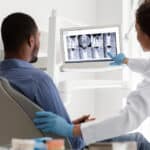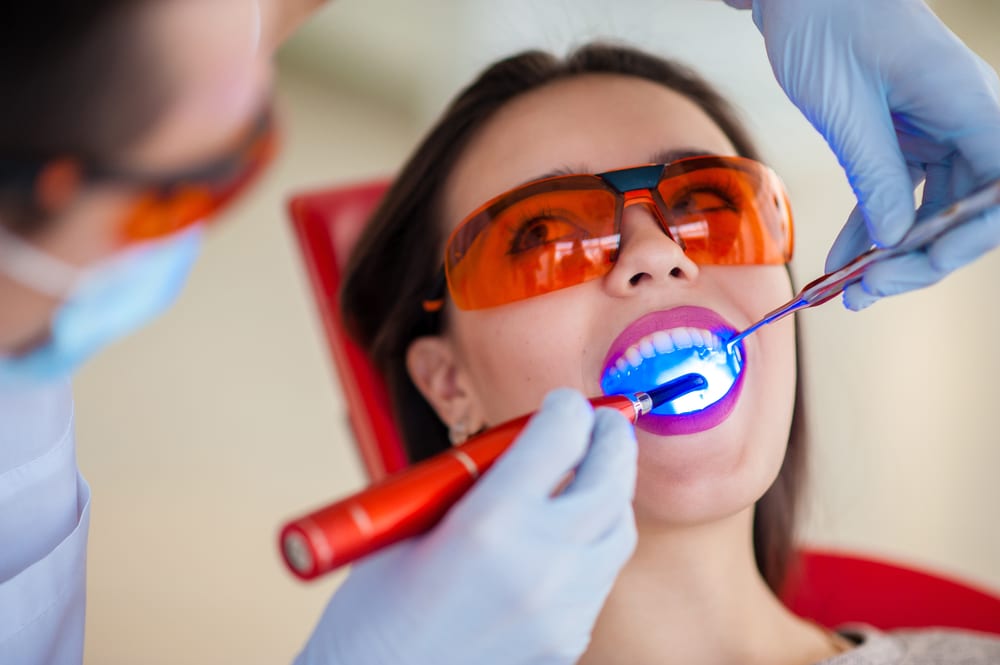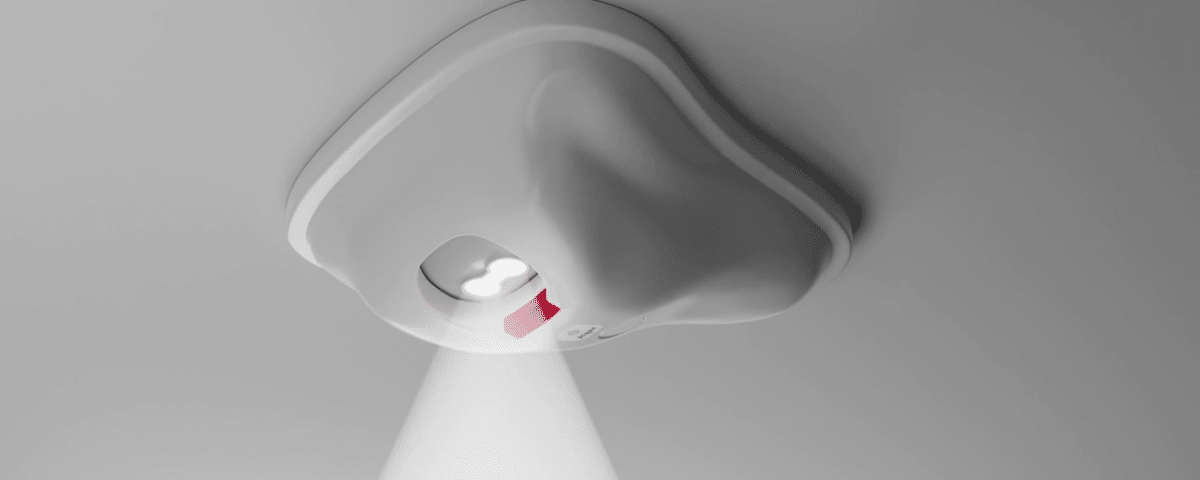
What Are the Different Types of Dental Specialists?
February 15, 2024
Light-based Medical and Health Devices (Part 2)
April 18, 2024How Modern Medical and Health Devices are Capitalizing on Light Technology
Alger Inc. and the AlgerLight with LED
Alger Inc. is a medical device company with a focused selection of specialty tools that assist practitioners in providing the best possible care for patients. The AlgerLight with LED is Alger Inc.’s centerpiece product. A ceiling-mounted medical light specifically designed to assist dentists and orthodontists, the AlgerLight projects a focused beam of clean white light from a distance into the recesses of a patient’s mouth. This innovative light was invented around 1965 when the then-newly-minted Dr. David Alger was finishing his orthodontic residency. He identified a need for more operatory space during his post-dental school training. His simple solution to this need was a versatile light that could be positioned out of the way from patients and practitioners. Since those early years, the AlgerLight has undergone many developments, including the additions of a hand-held remote and a hands-free footswitch. Its light source has upgraded to modern LEDs, which provide brighter, cleaner light, last notably longer, and are more energy efficient than the device’s classic bulbs. The end result is a much-refined version of the original concept that continues to provide dentists and orthodontists with the combination of light and space that they need to treat their patients in a comfortable and professional environment.
The Impact of Light Technology on the Medical and Health Fields
Alger Inc. has spent the last half-century capitalizing on the benefits of light technology in medical applications. The AlgerLight with LED has made Alger Inc. a trusted brand in the dental and orthodontic fields, but it is by no means the only light-based device to have impacted the medical and health fields. This Alger Blog explores various light-based medical devices used across different medical and health fields. Since light-based medical devices have become so prominent in medical and health fields, we will tackle this focus across two articles, so make sure to revisit the Alger Blog next month to complete the list.
1. Dental Curing Lights
The dental industry has used light technology to cure and harden dental materials such as resin-based composites for over 50 years. The process, also known as photopolymerization, initially used ultraviolet (UV) light in the reaction that converts individual resin monomer units into solid polymers. However, UV light proved unideal for dental curing due to a number of limitations, including issues related to color stability, depth of cure, and tissue damage. Thus, UV lights gave way to a curing process based on visible-light wavelengths. Quartz-tungsten-halogen bulbs were used in the original visible-light curing lights, but today, blue LED curing lights are the norm.

2. Fluorescence Microscopes
Fluorescence microscopes are specialized optical instruments designed to observe fluorescent samples. They employ the phenomenon of fluorescence, where certain substances (fluorophores) absorb light at one wavelength and then emit light at a longer wavelength. These microscopes are used extensively in biological and biomedical research, as well as in materials science and other fields where the visualization of fluorescently labeled samples is required. Fluorescence Microscopes are used in medical laboratories to image biological samples with fluorescent markers and aid in diagnosing various diseases.
3. Endoscopic Light Sources
Endoscopic light sources are essential instruments used to illuminate internal organs and structures within the body during endoscopic medical procedures. These light sources provide illumination to the endoscope, which is a flexible or rigid tube with an attached camera used to examine the interior of organs or cavities. Endoscopic light sources play a critical role in providing optimal illumination for endoscopic visualization, enabling healthcare professionals to perform diagnostic and therapeutic procedures with precision and accuracy. They contribute to improved patient outcomes by facilitating clear visualization of internal structures and abnormalities, guiding interventions, and minimizing procedural risks.
4. Optical Coherence Tomography Devices
Optical Coherence Tomography (OCT) devices are sophisticated imaging systems used in ophthalmology and cardiology to obtain high-resolution cross-sectional images of biological tissues. OCT operates on the principle of low-coherence interferometry, which measures the echo time delay and magnitude of backscattered or reflected light from tissue structures. Optical Coherence Tomography devices are notably beneficial due to their high imaging resolution, non-invasive approach, and real-time imaging capabilities. OCT provides high-resolution, cross-sectional images of tissue structures with micrometer-scale resolution, allowing for detailed visualization of tissue morphology. It is non-invasive and does not require contact with the tissue being imaged, making it suitable for imaging delicate structures such as the eye, skin, and mucosal tissues. And lastly, OCT can provide real-time, in vivo imaging of tissue structures, making it valuable for guiding diagnostic and therapeutic procedures. Optical Coherence Tomography devices continue to evolve with technological advancements, enabling higher imaging speeds, improved resolution, and enhanced clinical capabilities. They play a crucial role in the diagnosis, treatment planning, and monitoring of various medical conditions, contributing to improved patient care and outcomes.
5. Photoplethysmography Sensors
Photoplethysmography sensors measure changes in blood volume in peripheral blood vessels by detecting variations in light absorption or reflection caused by blood flow. Because photoplethysmography sensors are non-invasive, they are commonly used in medical monitoring devices, like heart rate and blood pressure monitors, devices that measure pulse oximetry (i.e., the saturation of oxygen in a person’s blood), and stress monitoring devices that assess physiological stress levels by analyzing heart rate variability and sympathetic nervous system activity. Photoplethysmography is also the technology used in modern smartwatches, like the Apple Watch, and wearable fitness and sleep trackers, which allow non-medical professionals to monitor a slew of personal biometric and health data.

Continuing Our Look at Light-based Medical and Health Devices
The variety of applications in the devices listed above gives a clear idea of how impactful light-based technology has been to the medical and health fields. These five devices span dentistry, research, surgery, imaging, and ongoing monitoring of various types, but this is only the tip of the iceberg for these kinds of devices. We will continue our exploration of some of the most intriguing, impressive, and impactful light-based medical and health devices in the next Alger Blog. Please join us, and see what else we have to offer the curious mind at Alger Inc. and the Alger Blog.



